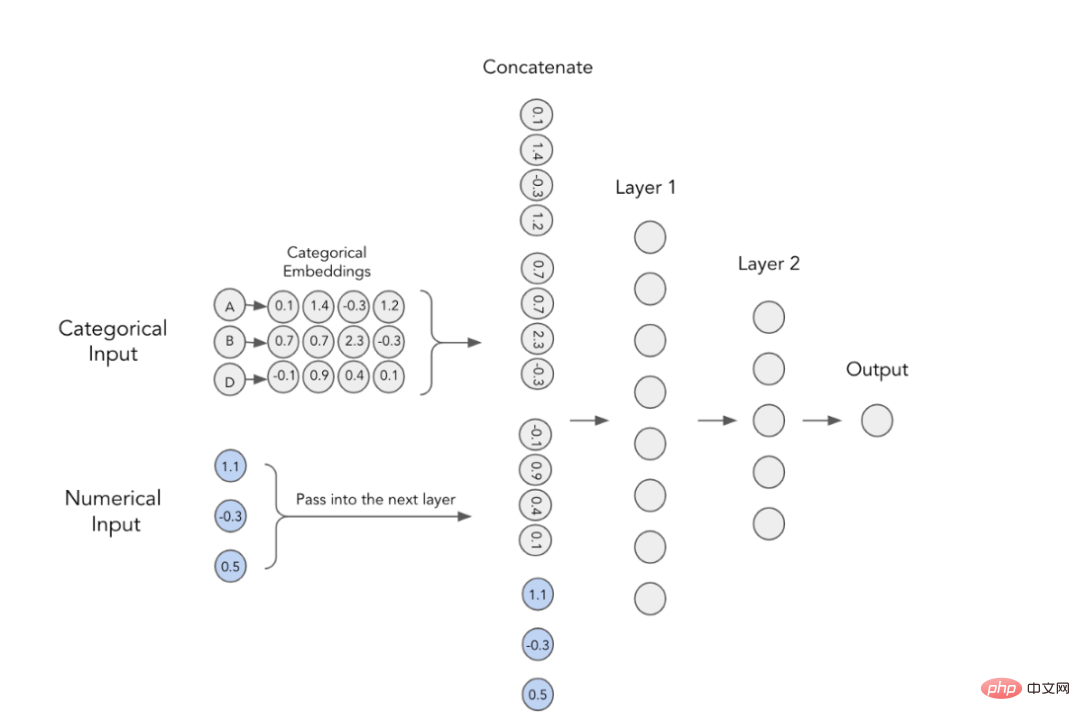
Number unit converter is a common tool that can help us convert between different units, such as conversion between length units, conversion between weight units, etc. Today, we will use Golang to develop a numerical unit converter, let's take a look at a specific code example.
First, we need to create a new Golang file named converter.go. In this file, we will define a structure Converter to store information and methods related to the converter.
package main
import (
"fmt"
)
type Converter struct {
Value float64
}
func (c Converter) ToMeter() float64 {
return c.Value * 0.3048
}
func (c Converter) ToFeet() float64 {
return c.Value / 0.3048
}
func main() {
c := Converter{Value: 1.0}
fmt.Printf("1 foot is equal to %.2f meters
", c.ToMeter())
c = Converter{Value: 1.0}
fmt.Printf("1 meter is equal to %.2f feet
", c.ToFeet())
}In this code, we first define a structure Converter, which contains a field Value to store the value to be converted. Then, we define two methods ToMeter and ToFeet, which are used to convert feet to meters and meters to feet respectively. Finally, in the main function, we create a Converter instance, convert feet to meters and meters to feet, and print out the results.
Run the above code, we can see the following output:
1 foot is equal to 0.30 meters 1 meter is equal to 3.28 feet
In this way, we have successfully developed a simple digital unit converter using Golang. Of course, you can extend this converter according to your needs and add more unit conversion methods and functions. Hopefully this example can help you better understand how to develop a numeric unit converter using Golang.
The above is the detailed content of Create a numerical unit converter, developed using Golang. For more information, please follow other related articles on the PHP Chinese website!
 go语言有没有缩进Dec 01, 2022 pm 06:54 PM
go语言有没有缩进Dec 01, 2022 pm 06:54 PMgo语言有缩进。在go语言中,缩进直接使用gofmt工具格式化即可(gofmt使用tab进行缩进);gofmt工具会以标准样式的缩进和垂直对齐方式对源代码进行格式化,甚至必要情况下注释也会重新格式化。
 聊聊Golang中的几种常用基本数据类型Jun 30, 2022 am 11:34 AM
聊聊Golang中的几种常用基本数据类型Jun 30, 2022 am 11:34 AM本篇文章带大家了解一下golang 的几种常用的基本数据类型,如整型,浮点型,字符,字符串,布尔型等,并介绍了一些常用的类型转换操作。
 go语言为什么叫goNov 28, 2022 pm 06:19 PM
go语言为什么叫goNov 28, 2022 pm 06:19 PMgo语言叫go的原因:想表达这门语言的运行速度、开发速度、学习速度(develop)都像gopher一样快。gopher是一种生活在加拿大的小动物,go的吉祥物就是这个小动物,它的中文名叫做囊地鼠,它们最大的特点就是挖洞速度特别快,当然可能不止是挖洞啦。
 tidb是go语言么Dec 02, 2022 pm 06:24 PM
tidb是go语言么Dec 02, 2022 pm 06:24 PM是,TiDB采用go语言编写。TiDB是一个分布式NewSQL数据库;它支持水平弹性扩展、ACID事务、标准SQL、MySQL语法和MySQL协议,具有数据强一致的高可用特性。TiDB架构中的PD储存了集群的元信息,如key在哪个TiKV节点;PD还负责集群的负载均衡以及数据分片等。PD通过内嵌etcd来支持数据分布和容错;PD采用go语言编写。
 聊聊Golang自带的HttpClient超时机制Nov 18, 2022 pm 08:25 PM
聊聊Golang自带的HttpClient超时机制Nov 18, 2022 pm 08:25 PM在写 Go 的过程中经常对比这两种语言的特性,踩了不少坑,也发现了不少有意思的地方,下面本篇就来聊聊 Go 自带的 HttpClient 的超时机制,希望对大家有所帮助。
 go语言是否需要编译Dec 01, 2022 pm 07:06 PM
go语言是否需要编译Dec 01, 2022 pm 07:06 PMgo语言需要编译。Go语言是编译型的静态语言,是一门需要编译才能运行的编程语言,也就说Go语言程序在运行之前需要通过编译器生成二进制机器码(二进制的可执行文件),随后二进制文件才能在目标机器上运行。
 TabTransformer转换器提升多层感知机性能深度解析Apr 17, 2023 pm 03:25 PM
TabTransformer转换器提升多层感知机性能深度解析Apr 17, 2023 pm 03:25 PM如今,转换器(Transformers)成为大多数先进的自然语言处理(NLP)和计算机视觉(CV)体系结构中的关键模块。然而,表格式数据领域仍然主要以梯度提升决策树(GBDT)算法为主导。于是,有人试图弥合这一差距。其中,第一篇基于转换器的表格数据建模论文是由Huang等人于2020年发表的论文《TabTransformer:使用上下文嵌入的表格数据建模》。本文旨在提供该论文内容的基本展示,同时将深入探讨TabTransformer模型的实现细节,并向您展示如何针对我们自己的数据来具体使用Ta


Hot AI Tools

Undresser.AI Undress
AI-powered app for creating realistic nude photos

AI Clothes Remover
Online AI tool for removing clothes from photos.

Undress AI Tool
Undress images for free

Clothoff.io
AI clothes remover

AI Hentai Generator
Generate AI Hentai for free.

Hot Article

Hot Tools

DVWA
Damn Vulnerable Web App (DVWA) is a PHP/MySQL web application that is very vulnerable. Its main goals are to be an aid for security professionals to test their skills and tools in a legal environment, to help web developers better understand the process of securing web applications, and to help teachers/students teach/learn in a classroom environment Web application security. The goal of DVWA is to practice some of the most common web vulnerabilities through a simple and straightforward interface, with varying degrees of difficulty. Please note that this software

Atom editor mac version download
The most popular open source editor

Dreamweaver Mac version
Visual web development tools

PhpStorm Mac version
The latest (2018.2.1) professional PHP integrated development tool

SecLists
SecLists is the ultimate security tester's companion. It is a collection of various types of lists that are frequently used during security assessments, all in one place. SecLists helps make security testing more efficient and productive by conveniently providing all the lists a security tester might need. List types include usernames, passwords, URLs, fuzzing payloads, sensitive data patterns, web shells, and more. The tester can simply pull this repository onto a new test machine and he will have access to every type of list he needs.







